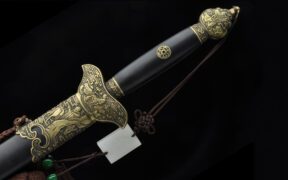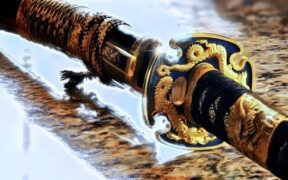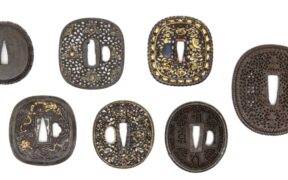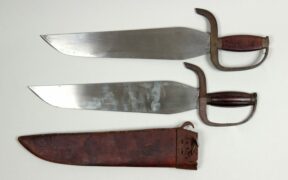Our content features commercial links to our products, committed to transparent, unbiased, and informed editorial recommendations. Learn More
Chinese Dragon Sword Symbolism, Meaning, and Types
NO AI USED This Article has been written and edited by our team with no help of the AI
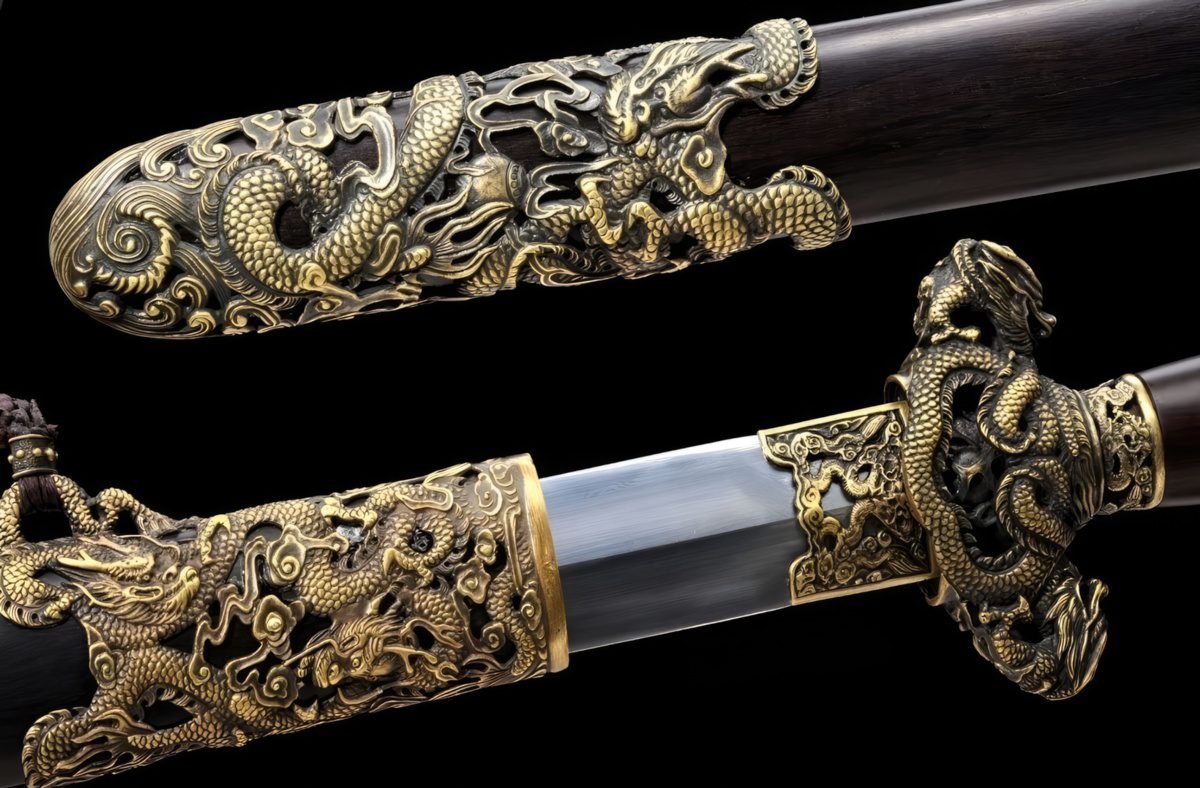
There are countless symbols in different cultures worldwide, and each one has its importance. The Chinese dragon is perhaps one of the most intriguing and longest-lasting icons.
This mythical beast has been a staple of Chinese mythology for generations, and it is now well recognized as a symbol of Chinese martial arts and, more specifically, on swords. This article will reveal what the Chinese dragon represents and stands for. Then, we’ll talk about the various dragons seen on Chinese swords, where they’re placed, and what they symbolize.
What Does the Chinese Dragon Represent?
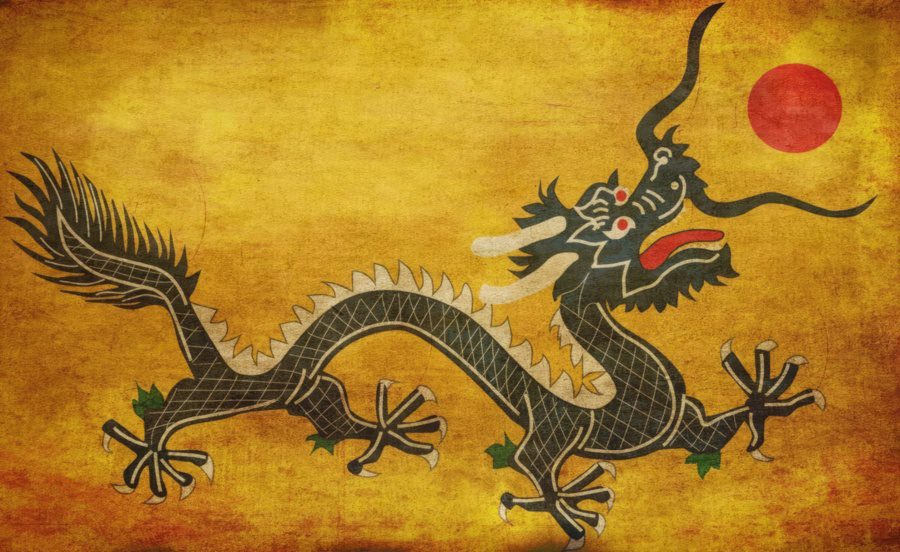
The Chinese dragon is a mythological creature that has been a symbol of Chinese civilization for over a millennium. Chinese cultures view it as a symbol of good fortune and prosperity because of the respect with which it is held. Long, a homophone for prosperity or beneficial fortune is another name for the Chinese dragon in Mandarin Chinese.
The dragon, in Chinese mythology, is the supreme deity, both on land and in the heavens. A common representation is a long serpent-like beast with four arms and legs, razor-sharp claws, and a horned and whiskered head. Its breath is rumored to have the power to destroy and create things and manipulate the weather.
The Chinese dragon sometimes takes the form of a fish or turtle, but it is typically shown as a four-legged serpent. Origins are unclear, but Chinese giant and slim alligators, thunder, and some form of nature worship may have had a role. It was the initial emblem of some of China’s earliest empires and stood for might, power, and the distinction between the capable and the incapable (the latter being likened to a worm).
Chinese Dragon Sword Types
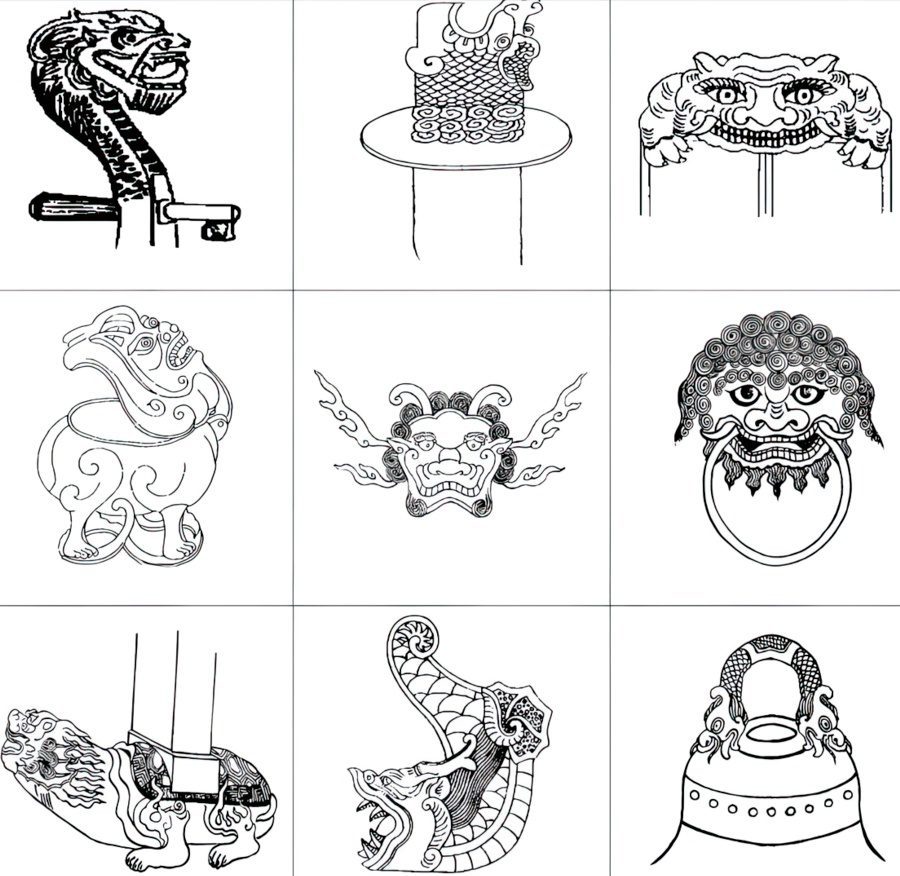
Various types of dragon shapes can be placed on Chinese swords. However, it is the color and not the shape that determines the dragon’s meaning. Here are the most common colors for Chinese dragon symbols.
- Red -Good fortune & luck
- Black – Vengeance & evil
- White – Virtue & purity
- Blue and Green – New life, plant growth & spring
- Yellow – Power, wisdom & fortune
- Golden – Power, wealth, prosperity, harvest & strength
Chinese dragons commonly seen on swords are the azure, winged, horned, underworld, cloud, treasure, coiling, and dragon king. They all have different sets of values and mythological backgrounds. Although these are the most common, the shapes on swords come mostly in the mythological Nine Sons or Children of the Dragon King, or in short – sub-dragons.
1. Bixi
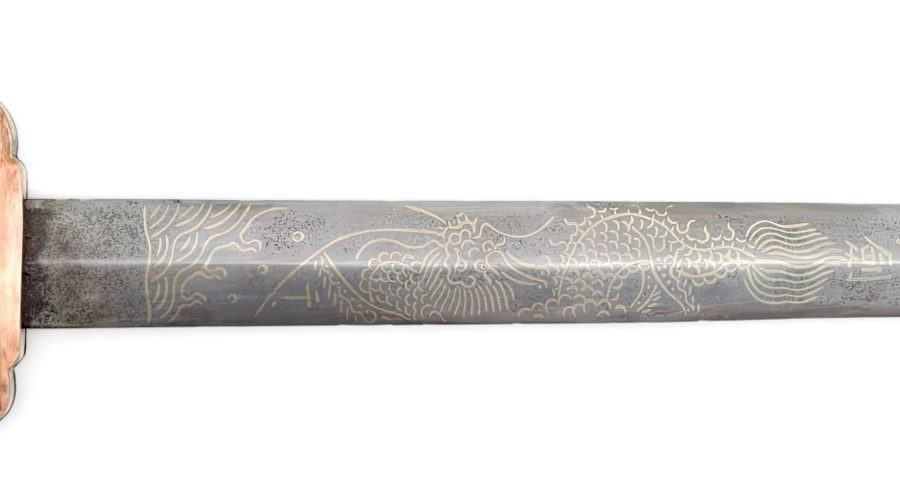
The Bixi sub-dragon is the oldest, and because of its age, it can be represented as a turtle on some swords. It has very sharp teeth and heavy objects that can be placed on its back, and it is a popular sword shape mostly seen on Jian swords.
2. Qiuniu
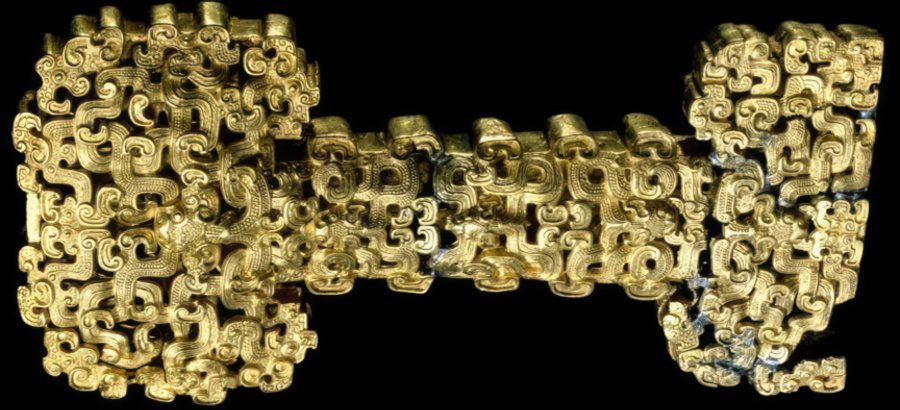
The Qiuniu dragon is yellow and shaped like a scale. Its origins state that it enjoys music, which is why it has very wavy features that can sometimes go around the entire hilt of a Chinese sword.
3. Yazi
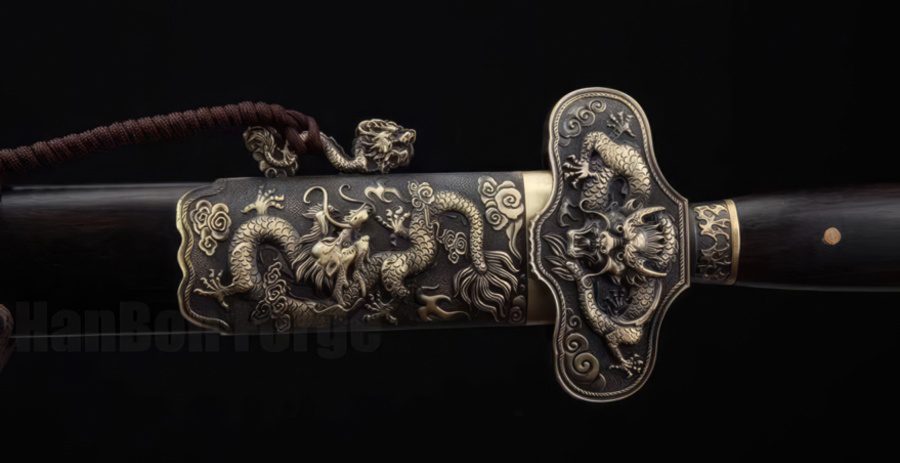
The Yazi Dragon is filled with energy for fighting or killing and is usually engraved on blades or handles. The belly of this dragon can often be seen on swords and sometimes can feature the head of a leopard or other animal. It can be seen on the guard of a Chinese sword which opens up its mouth to look like the blade is his fire, which can easily be spotted on a Guandao sword.
4. Chaofeng
Chaofeng is the adventurous dragon shape that is usually on ceremonial swords. It’s a type of dragon shape that lacks the same energy as other dragons.
5. Pulao
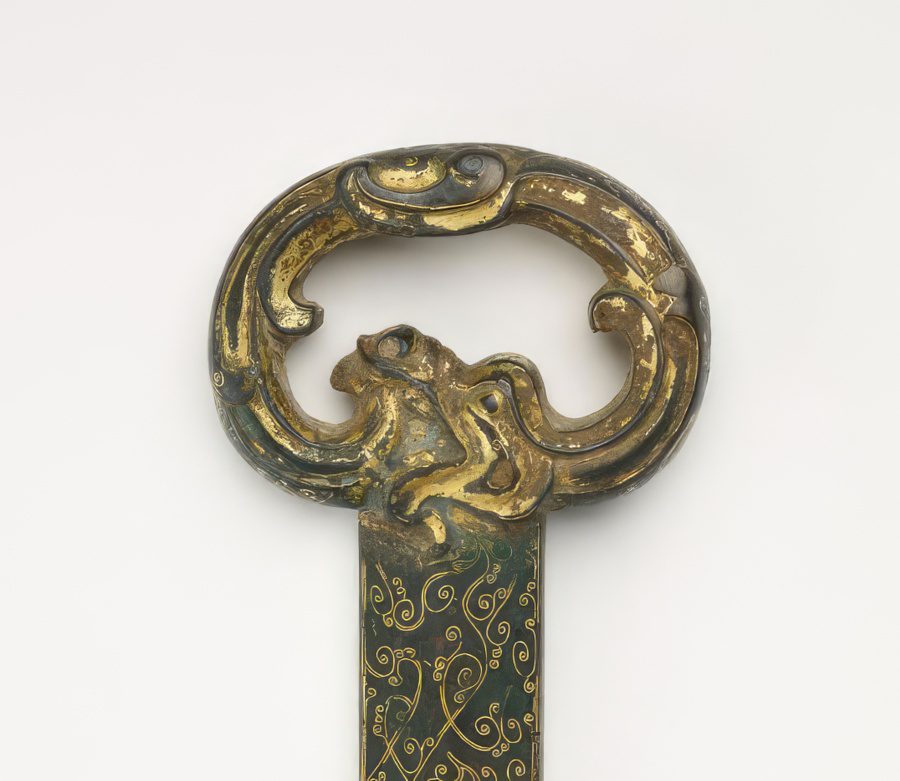
Pulao dragons are mostly seen in a round fashion, meaning that the dragon’s head and tail will touch at some point. That is why they are common on pommels or guards of swords.
6. Chiwen
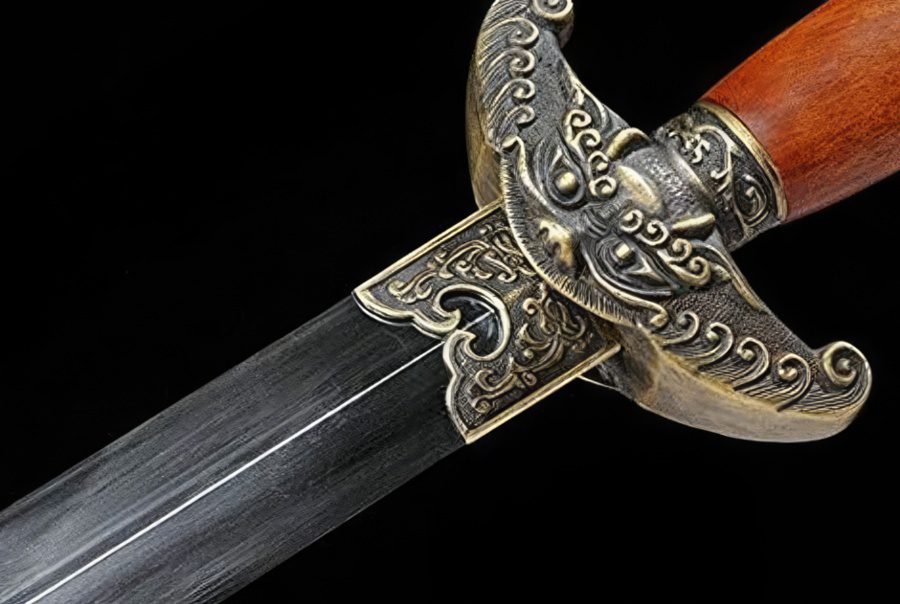
The Chiwen Chinese dragon is sometimes represented as the body of a fish, mainly because its origins are in the sea. It is a popular design to place on a sword since Chiwen’s backstory is about devouring other creatures. Its strongest characteristic is the two angry, evil-looking eyes.
7. Bi`an
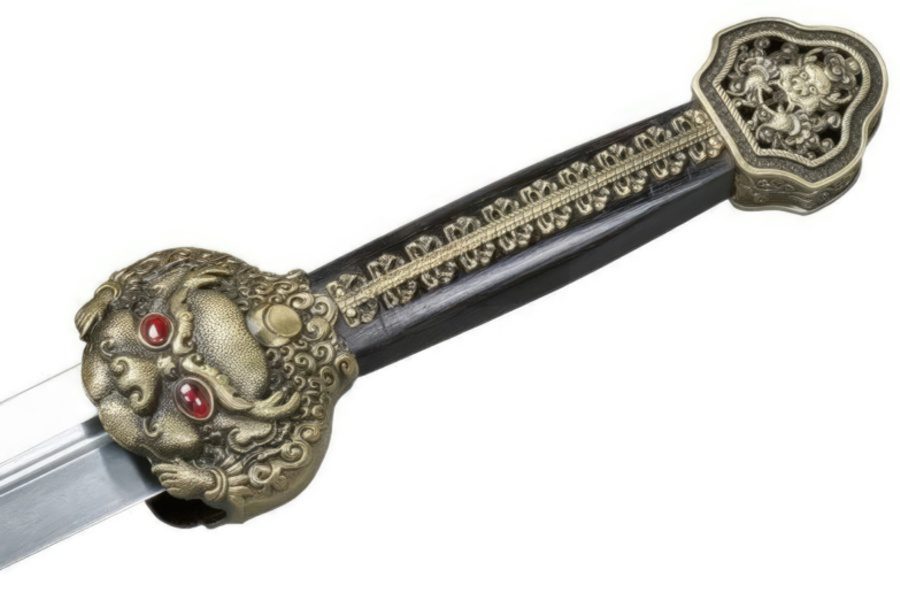
Bi`an is the gatekeeper type of a Chinese dragon. It is usually placed on top of a guard or sometimes at the beginning of a sheath. Its huge head and eyes can be seen, sometimes with an open mouth and two clawed hands.
8. Suanni
The Chinese dragon, shaped like a lion or features a lion’s body, is called the Suanni dragon. It is a very popular sub-dragon to be placed on a sword, usually a martial artist’s Jian blade. It can either be standing on its four legs or sometimes sitting cross-legged with its head facing upwards.
9. Fuxi
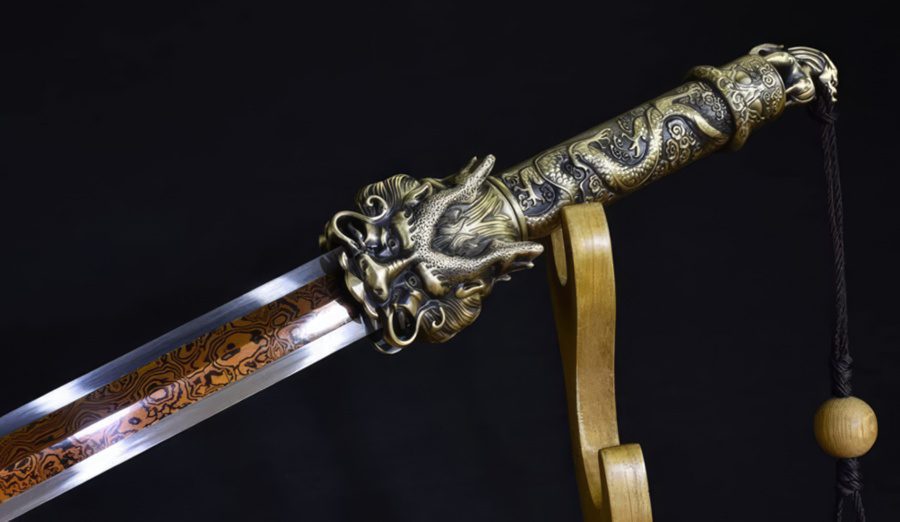
The most popular dragon shape on a Chinese sword is the Fuxi sub-dragon. Its body spreads across the entire length of the guard, handle, pommel, scabbard, and sometimes, the blade. It has four legs, two near the tail and two near the head, which have whiskers, eyes, and sharp teeth.
Meaning of Chinese Dragon on Sword Parts
If you want to make your own Chinese custom sword and the meaning of the area where a dragon is placed, here is a guide to the different Chinese sword parts and what it means when a dragon is placed there.
Blade – The blade of a Chinese sword is a crucial component, as this is where the dragon sign is usually exhibited for good luck. Chiseling, inlaying, and engraving are methods used to etch or carve the dragon motif onto the blade. The dragon’s body may encircle the blade or stretch from the guard and hilt to the tip. The dragon carving on the blade symbolizes might, fortitude, strength, and courage.
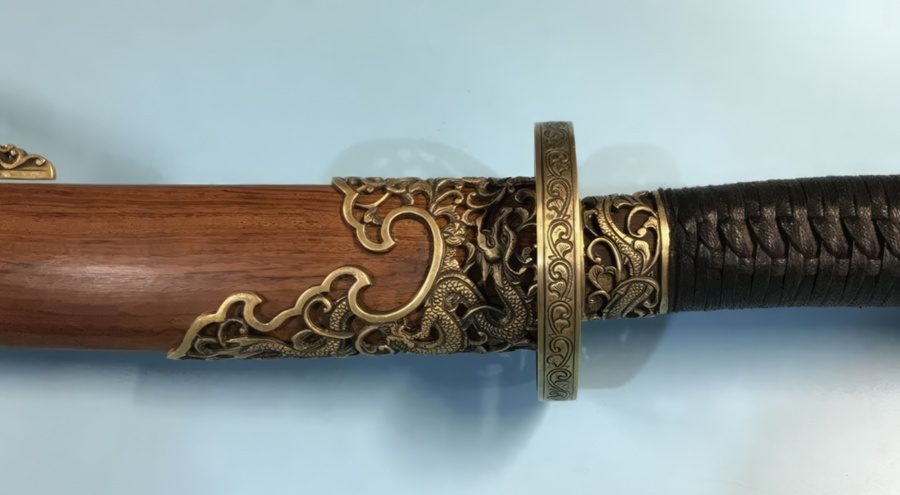
Guard – The guard can take the shape of the dragon’s mouth, face, crest, or claws, resulting in the creature’s distinctive characteristics serving as extensions of the guard. The dragon design on the guard of this sword is a reminder of its martial heritage and a symbol of strength and protection.
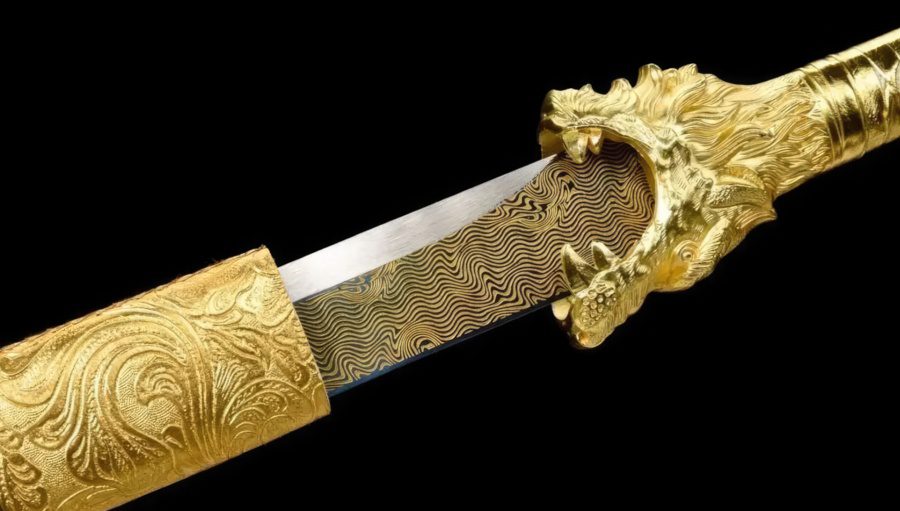
Hilt / Handle – The dragon design on the hilt dragon can be elaborately carved and crafted from valuable materials like gold, ivory, or jade. The dragon’s head and tail or its body may serve as the hilt’s connectors. The dragon design on the hilt was a symbol of the emperor’s strength and authority and was frequently included in imperial rituals.
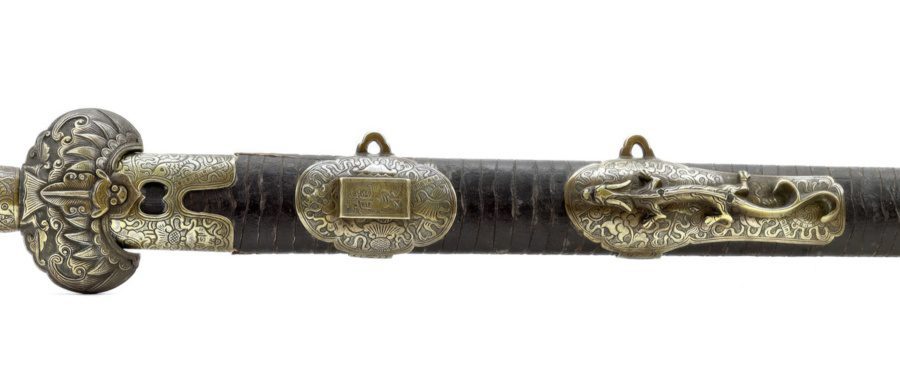
Scabbard – Typically crafted from wood or lacquer, the sheath or scabbard can be adorned with elaborate dragon motifs. The dragon’s head and tail, or the dragon’s body, can serve as the sheath’s end pieces. In traditional Chinese weddings, the groom’s strength and capacity to protect his bride are symbolized by the dragon sign on the scabbard.
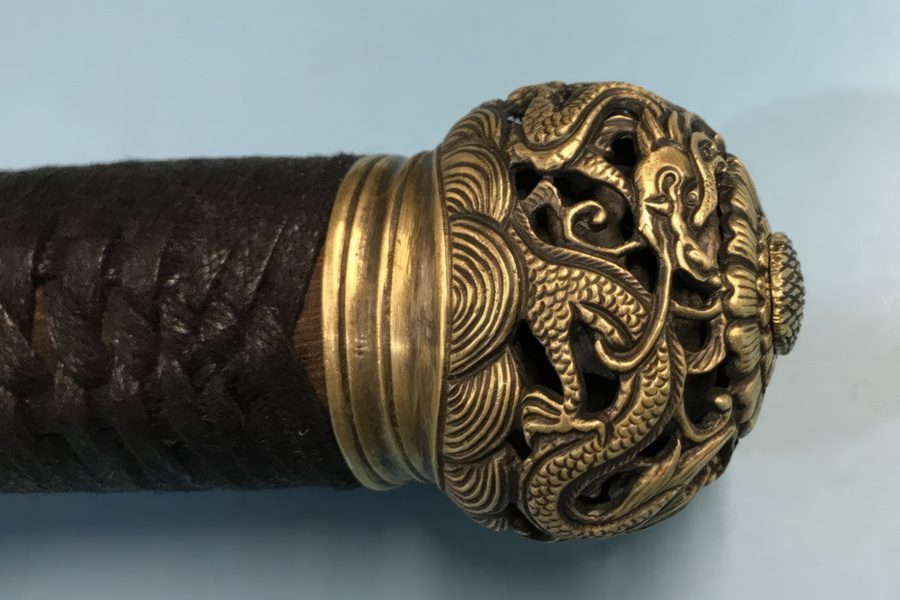
Pommel – The pommel, the metal endcap that secures the full tang blade to the handle, can be any size or shape, and sometimes it’s the only place on a Chinese sword where a dragon appears (because it’s pressed under the hand). It is claimed to bestow upon its bearer the same swiftness of action as a dragon, as well as authority, luck, power, and guidance.
Tassel – One of the most distinctive and significant aspects of the Chinese blade is the Chinese sword tassel. It is a floating and flying piece of silk material attached to the sword’s end. It can be constructed in a wide variety of colors, and to some, it may look like the writhing, soaring tail of a Chinese dragon.
